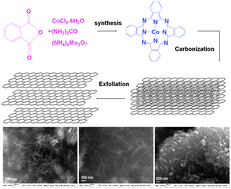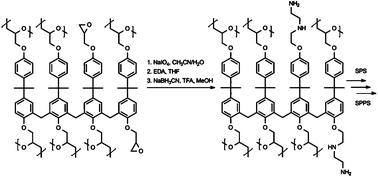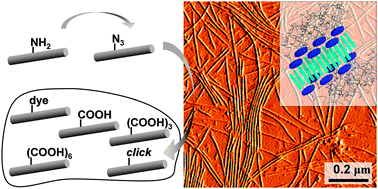The 5th ChemComm International Symposium will take place in Japan and China in May 2011. The purpose of RSC journal symposia is to bring together scientists in a stimulating and friendly environment that will foster collaborations between the researchers and the universities involved in the meetings.
The symposium will feature three one-day meetings. Each one day meeting will feature a selection of lectures covering organic chemistry and catalysis given by some of the world’s leading international scientists. The first one-day meeting, will be held at Kyoto University, Japan, before the symposium moves to China for two further events. The second one-day meeting will be held in Lanzhou University with the final instalment taking place at Nankai University, Tianjin. The symposium is organised by Chemical Communications, the Royal Society of Chemistry and the local host organisations.
The symposium will appeal to academic and industrial scientists with an interest in organic chemistry and catalysis. Attendance at the symposium is free of charge and student participation is strongly encouraged.
For more information on the dates, venues and speakers please visit the symposium website.



















